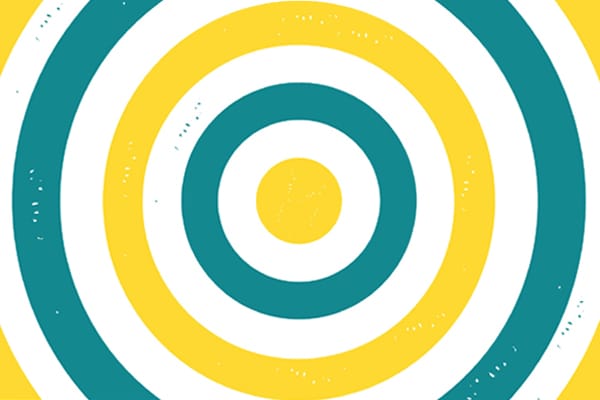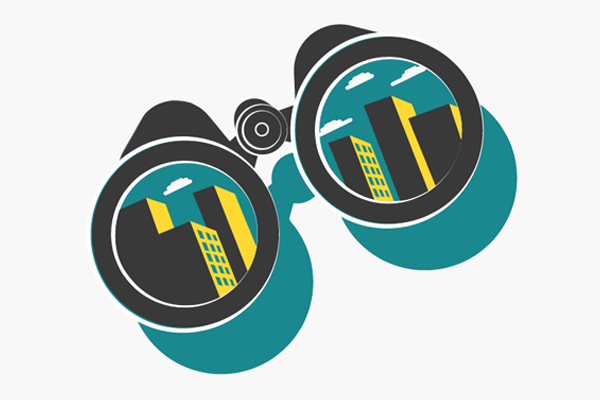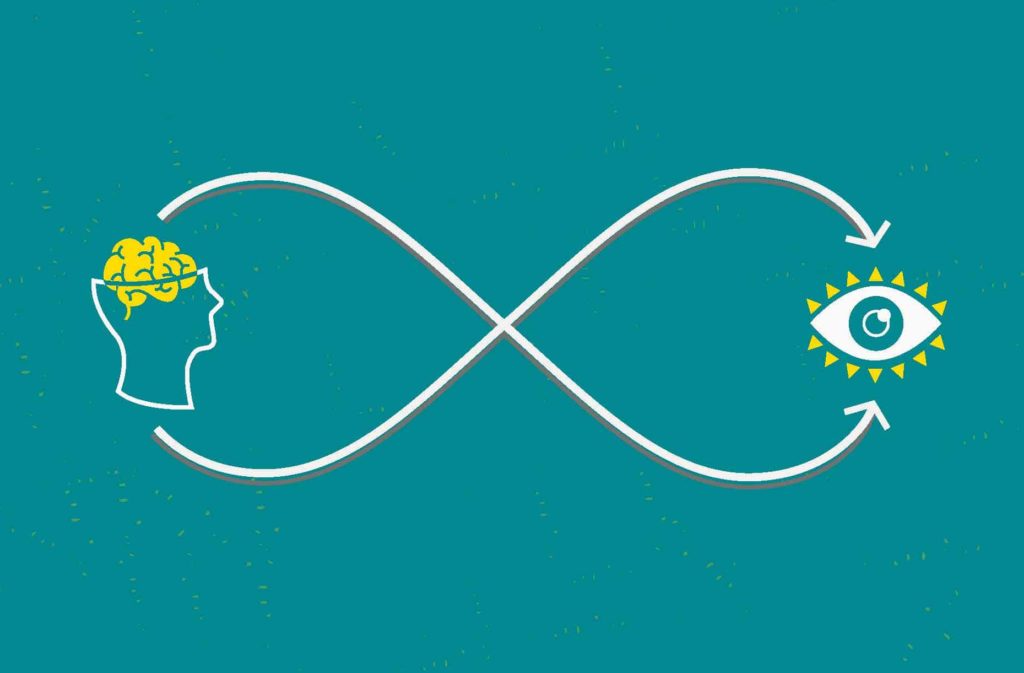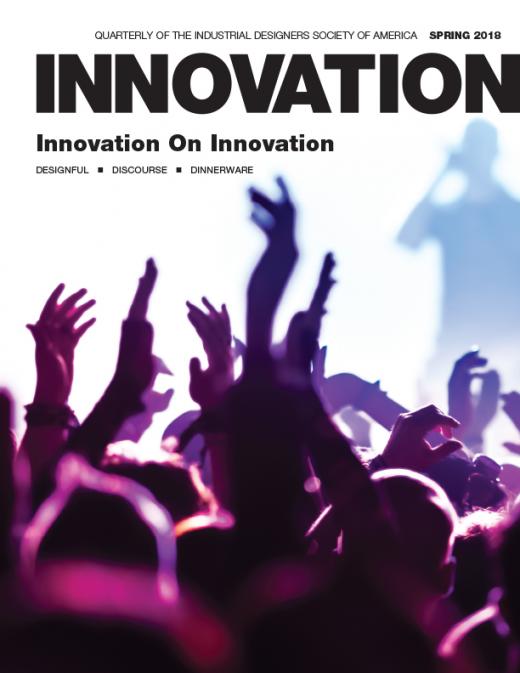The Innovation Myth: Why It’s Insights, Not Ideas. That Truly Drive Innovation
There are many myths of innovation. One age-old myth when it comes to the notion of innovation is: that of the lone inventor sitting in his lab, hit by a bolt of lightning and a moment of explosive inspiration, and BOOM…out pops the big idea. At least, that’s how the story is typically told. But that telling is a bit of an illusion, often aligning with how people envision innovation: a flash of brilliance, an inspired idea, and Eureka! A new, life-changing thing is born that transforms the modern world for the better. The truth is — as we all know — a lot messier than that.
It’s time to put away some of the old myths of innovation, starting with the illusion that ideas drive innovation.
But aren’t ideas the basis of innovation?
From Shark Tank to TED talks, popular culture has sold us the thought that an idea, packaged and presented, exists as the ultimate solution to a problem. It’s one of the myths of innovation that this never-ending glorification of ideas that have led us to put our attention in the wrong place. Contrary to what many believe, the idea is only part of the process — and it’s not the beginning. Innovation starts a lot earlier than when you assemble your team in a room to brainstorm; it begins with learning about your customer and getting to know them deeply — the kind of closeness that goes way beyond just asking them what they want next. Ideas, in fact, have a high failure rate when generated in a vacuum without first considering how to serve customer needs and desires.
So, instead of ideas, we need to direct our focus elsewhere: on insights.
Why are insights so important?
To quote Bob Dylan “The Times They Are A-Changin’.” The make-up of the buying public has evolved in the past two decades, and we are experiencing a fundamental shift from an era of mass consumption to a new era of context and personalization. Consumer expectations are changing and value is now very personal; it’s generated less through the selling and buying of goods and more through an ecosystem of information, services, experiences, and solutions. The result: It’s never been more critical for organizations to establish and maintain an intense focus on an understanding of their customers’ lives. Customer knowledge informed by an empathetic mindset is critical for creating relevant new offerings that are both pertinent and distinct, and this brings us to insights. Insights are the cornerstone of the innovation process and a catalyst for creating new value for your customers. They must be the first stage of your innovation process for that reason — not ideas.
What is an insight?
Insight is a horribly misused word, much in the same vein as “brand,” “strategy” and “innovation.” So, let us first restore some meaning to the word by considering what insight is not:
INSIGHT IS NOT DATA
Data can take many forms, but we have to remember it is just that — data. Alone, data is not an insight, and it does not do your thinking for you. With masses of data at hand, the fundamental problem is a lot more essential: How do we mine and analyze the data to reveal insight we can act on? Look at your data holistically and be cautioned against becoming attached to that singular inspiring data point that can drive a swift conclusion. Think holistically. Analyze intensely. Insight definition requires you to take a multi-dimensional view.
AN OBSERVATION IS NOT AN INSIGHT
Observations are an incredibly important part of creating insight but are still only one data point to consider (and should never stand alone). They are facts that lack the “why” and the “motivation” behind a consumer’s behavior. Never stop short of the hard work involved during the process of insight definition; of converting an astute observation into something more meaningful and actionable. Always get to the “why.”
A CUSTOMER WISH OR STATEMENT OF NEED IS NOT AN INSIGHT
An Insight is not an articulated statement of need. Insights are less apparent, intangible, latent. A hidden truth that is the result of obsessive digging. Anytime you hear “I want” or “I need” in a statement, step back and pause, as you probably need to dig deeper and understand the motivation, and the why behind “the want.” Articulated needs are ideal for defining features and benefits, but do not lead to insights that have the gravity to topple existing categories and create new ones. Obsess about the outcome people want; don’t merely record their statements of need and assume you have insights because you likely do not.
What’s the best way to find insights?
We advocate the use of ethnography, a vital tool in the innovation toolbox that gives you a real-world understanding of people’s preferences, motivations and needs by examining the environments buyers inhabit and the cultural and societal forces that influence their behavior. In a sense, it’s deliberate, systematized empathy. Humans are wildly complex, a swirl of influences, shared beliefs and experiences that form us separately as individuals. Ethnography provides a peek behind the consumer curtain that can be incredibly valuable, unlocking innovation and strategic business opportunities, and boosting competitive advantage and customer loyalty.
We recommend you direct your empathy toward four areas: understanding what influences consumer behavior from a cultural, social, personal and psychological perspective.
1. CULTURAL FORCES
Cultural forces — friends, families, the environment in which a person grew up — profoundly affect humans, and all heavily influence the values they hold, and the behaviors they feel are socially acceptable. The more we understand how the world around people forms their behavior, the more we can empathize, create offerings that reflect that empathy and are therefore more meaningful and relevant.
2. SOCIAL AFFILIATION
Social groups profoundly influence people’s consumption behaviors and reflect the mindsets, values, and lifestyles they collectively share with others like them. Tap into the human need to both self-express and connect with others, and you’ll find ways to leverage that belonging to your brand’s benefit.
3. PERSONAL LIFESTYLE
Lifestyle — the way we live and what artifacts we attach meaning to — is a consistent pattern in a consumer’s life, something that’s influenced by a person’s personality, values, attitudes, and beliefs. Understand the personality traits that make someone unique, and you can understand what will appeal to them, their outlook on life, and what will fit with their consumption habits.
4. PSYCHOLOGICAL FACTORS
People’s life experience to date uniquely form their perception of the world, and how they selectively view, process, organize and interpret it. Cracking the perceptive code of a given audience is absolutely key. As innovators, we have to battle our way through that stimuli soup into the minds of consumers, and the best way to do this is by hitting them where it matters: by understanding their aspirations, motivations, desires, and most importantly what they perceive to be meaningful and why. Take the time and dig into their gray matter and you’ll be surer that the message you’re sending is the right one.
How do you turn knowledge into insight?
Casual observation and merely knowing are not enough. Insight definition takes work; it’s a skill that requires creativity, persistence and deep thinking to craft. The most powerful insights come from rigor and serious analysis to translate large amounts of data into concise and compelling findings. Use written insight statements to turn research data into actionable insight to inspire new ideas for product and service development.
How to Write an Insight Statement
Writing consumer insight statements is a bit of a black art — a little creativity, a little analysis. It hinges on a 3-sentence structure designed to balance details of analysis with a rallying cry for action.
SENTENCE #1: THE SITUATION
Set the context for your consumer insight statement by describing the current situation and the incumbent consumer behavior. This part should capture both the environment and a simple observation of a given situation going on within it.
SENTENCE #2: THE FRUSTRATION
Describe the dilemma the consumer faces and articulate why this is a frustration in their life. Crafting this part comes from understanding the barriers that stand in the way of achieving the subject’s needs or desires, and it should have an emotional element that elicits a “we need to fix this” response.
SENTENCE #3: THE FUTURE DESIRE
Envision the consumer’s desired end-state and ideal situation, and describe the tangible business result they’ll get from using your product or service (remembering that consumers don’t necessarily care what a product or service is, but what it does for them).
Here is an example:
“We enjoy using our outdoor pool but are often bothered by mosquitos. I am hesitant about using insect repellents on my children’s skin because I am unsure how safe they are. I wish there were a repellant that had the strength to improve protection around pools, so I did not have to apply repellants to my children’s skin.”
Don’t Forget About the Big Picture
The biggest takeaway here is that insight is fuel for ideation — insights reduce irrelevance and help you focus on what is meaningful, setting the foundation for successful product and service development. Once you’ve got them, you can rephrase them to be actionable for the creative process, turning them into “How might we?” statements. In the above example: How might we improve protection from mosquitos without having to apply repellent to the skin?
Think of the insight statement as the question, the idea as the answer, and the resulting product or service as the solution.
Get beyond the myths of innovation, increase your grasp of insight to understand your customers, and you’ll know what you’re really solving for, which simply makes for smarter business.
This article was originally published in INNOVATION Spring 2018, the Industrial Design Society of America’s (IDSA) quarterly and one of the best places to learn about the practice of industrial design. Every issue of INNOVATION reaches IDSA’s membership, universities, associations, design consultancies and subscribers around the world.
INNOVATION is a benefit of membership. Join today.











